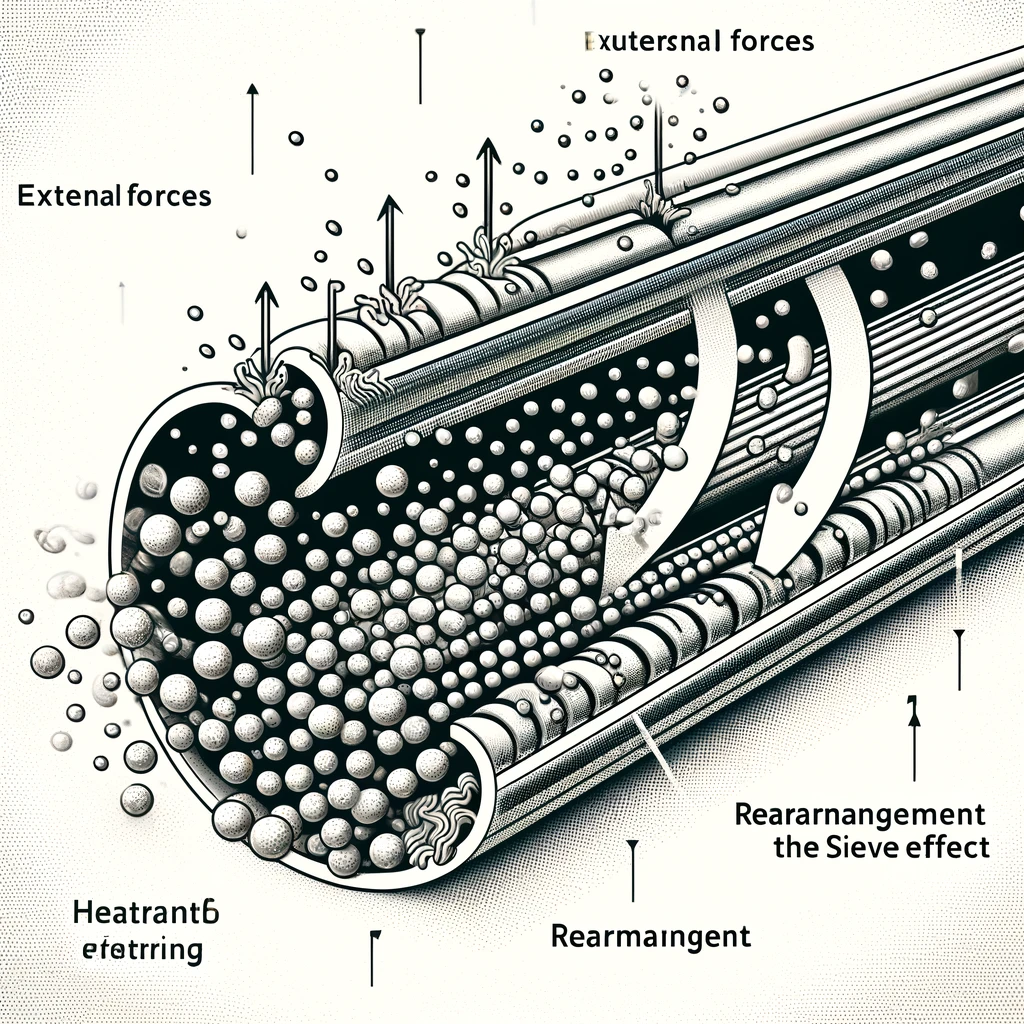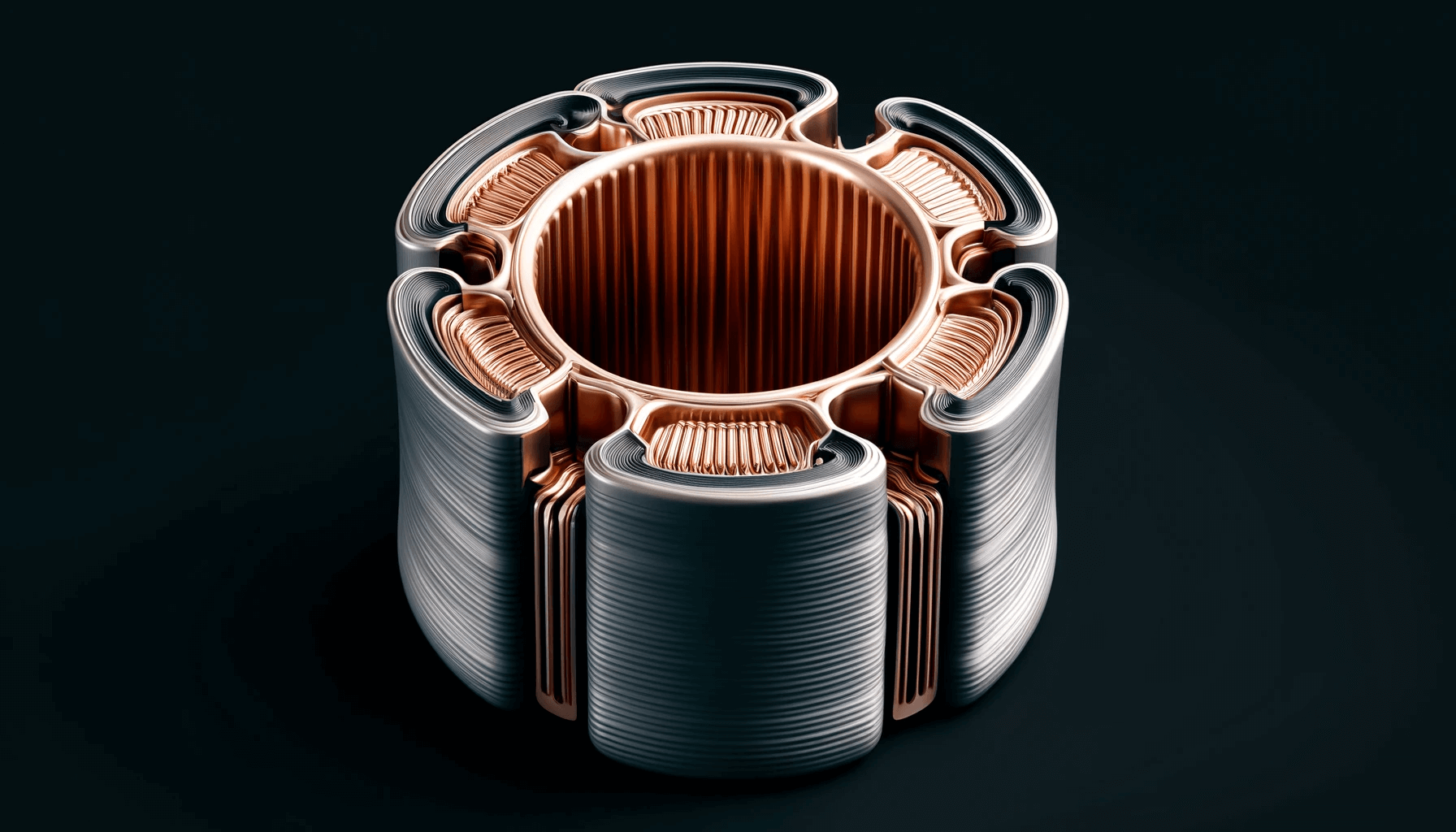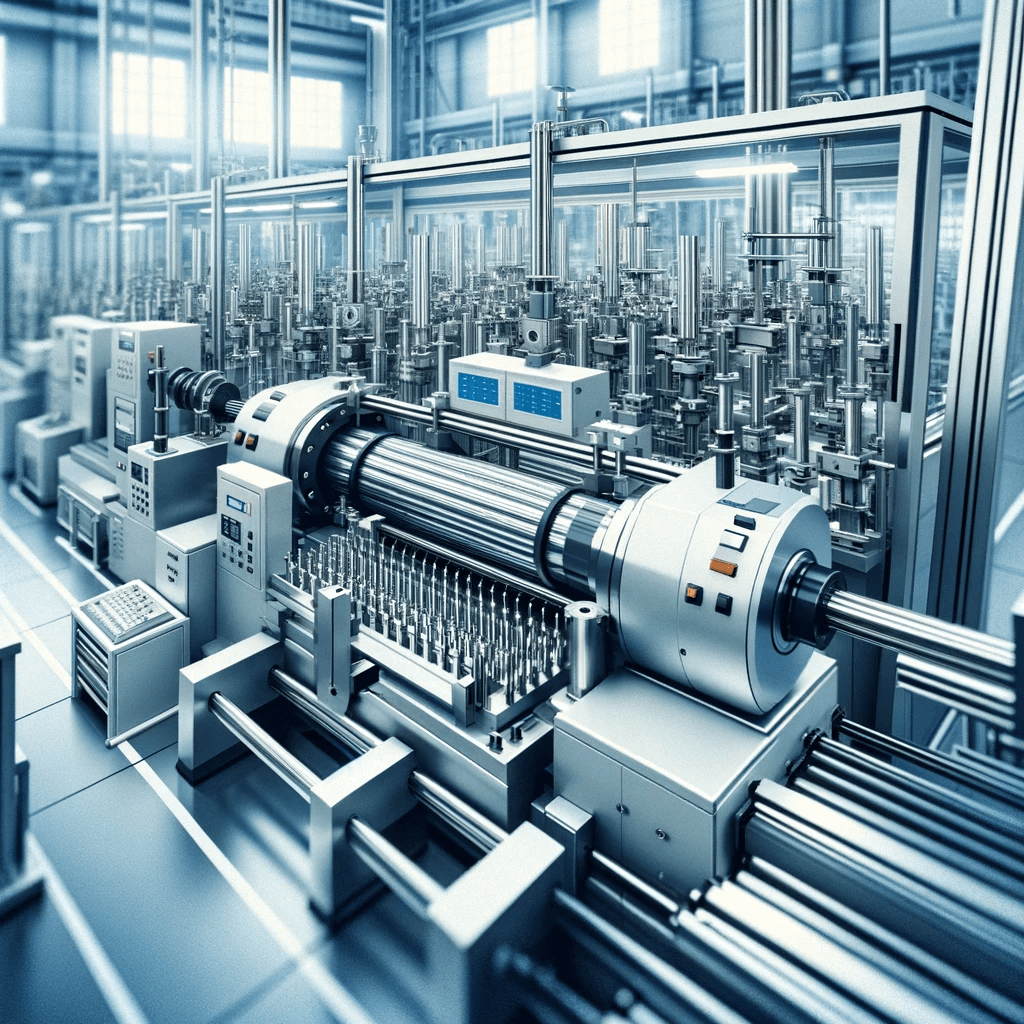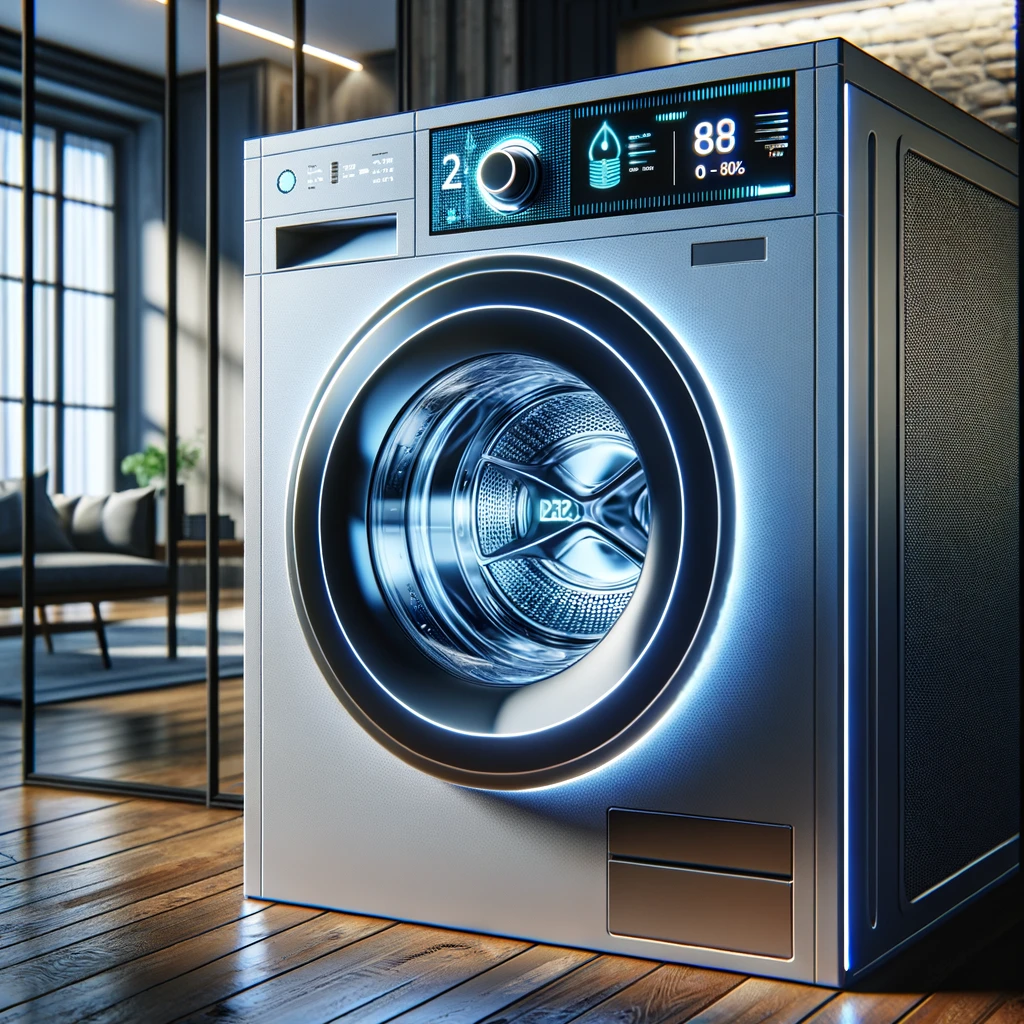Heating pipes, a common heating element, are widely used in household and industrial equipment. Their performance and efficiency depend on several factors, among which the sieve effect is an important one. This article will explore the impact of the sieve effect on heating pipes and its causes, supported by relevant mathematical and physical formulas for in-depth analysis.
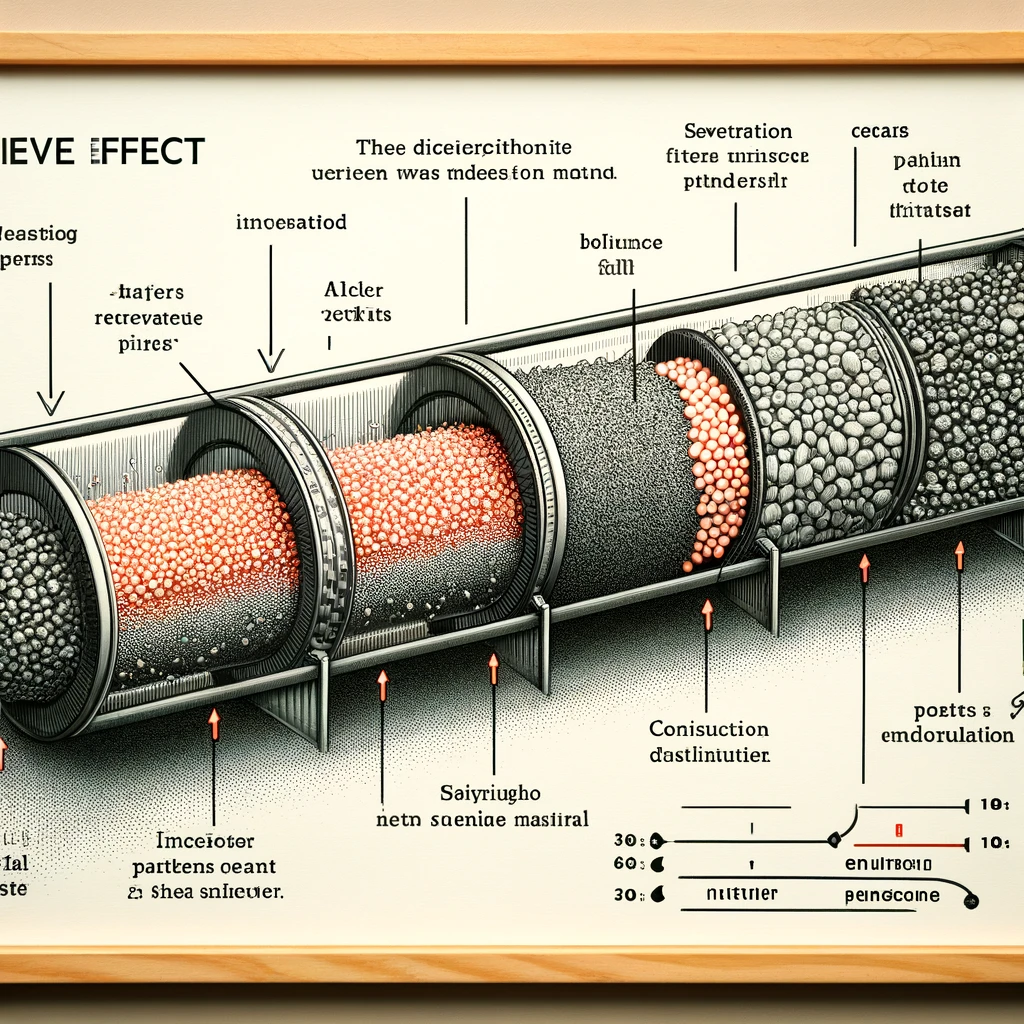
1. Definition of the Sieve Effect
The sieve effect refers to the phenomenon of uneven distribution of particulate matter when subjected to force or motion, due to differences in particle size and shape. For heating pipes, the sieve effect typically refers to the uneven heat conduction caused by the varying sizes of the filling material particles during heating.
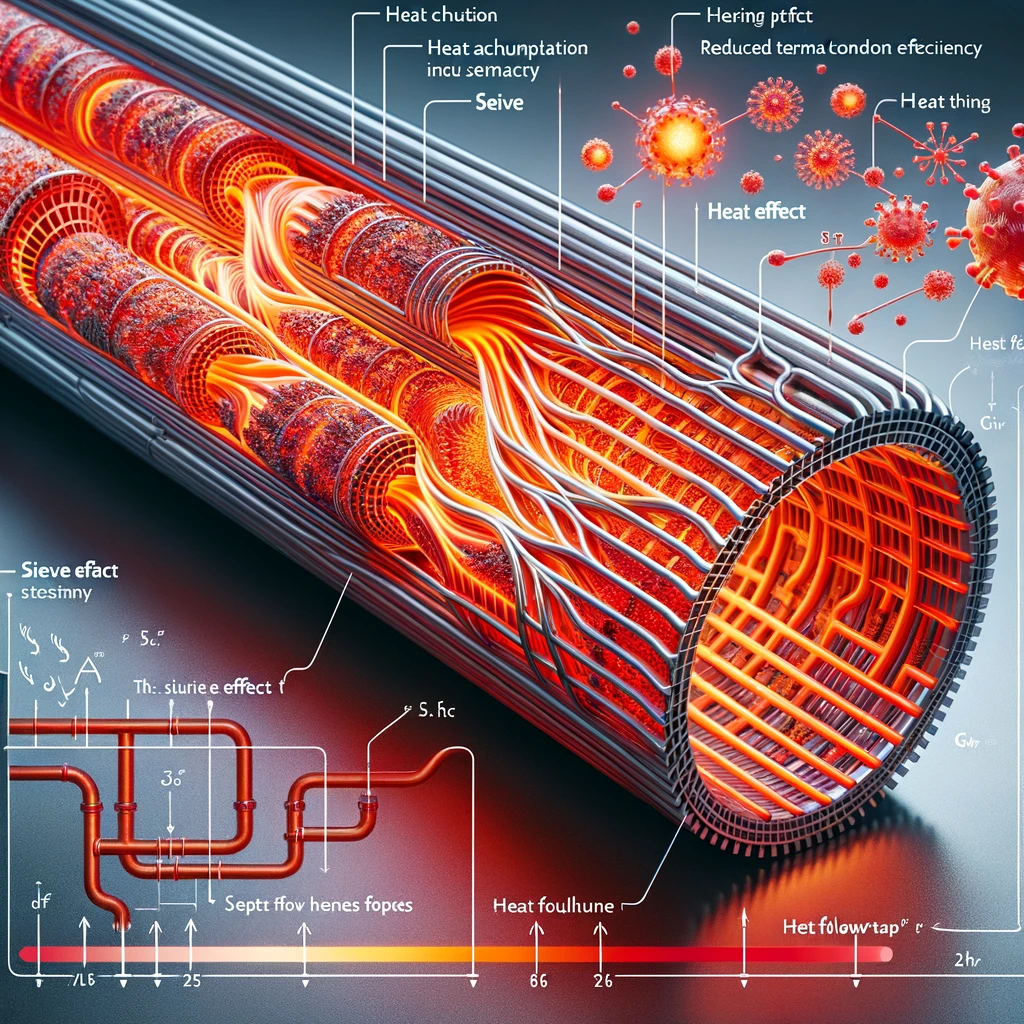
2. The Impact of the Sieve Effect on Heating Pipes
Heating pipes usually consist of heating wires, filler material, and a shell. When the heating wires are powered, they generate heat, which is conducted through the filler material to the shell, and finally transferred to the surrounding environment via convection, conduction, and radiation. The sieve effect mainly affects heating pipes in the following ways:
1. Reduced Thermal Conduction Efficiency: Due to the varying sizes of the filler material particles, the heat conduction path is uneven, increasing the total thermal resistance. The thermal resistance (![]() ) formula is:
) formula is:

where (d) is the thickness of the filler material, (k) is the thermal conductivity, and \(A\) is the heat transfer area. The sieve effect increases thermal resistance, thereby reducing overall thermal conduction efficiency.
2. Local Overheating: Reduced thermal conduction efficiency leads to localized heat buildup, resulting in local overheating. If heat cannot be transferred in time, it will cause the local temperature of the heating wire to rise excessively, ultimately affecting its lifespan and safety.
3. Reduced Electrical Insulation: The sieve effect of the filler material reduces its compactness, affecting its electrical insulation. The insulation resistance (![]() ) formula is:
) formula is:

where ![]() is the material resistivity. The sieve effect can degrade insulation in certain areas, increasing the risk of electric shock and leakage.
is the material resistivity. The sieve effect can degrade insulation in certain areas, increasing the risk of electric shock and leakage.
3. Causes of the Sieve Effect
The main causes of the sieve effect include:
– Differences in Particle Size: Mixed filler materials of varying particle sizes tend to have smaller particles penetrate the gaps between larger particles during vibration or force.
– External Force: During manufacturing or usage, vibrations, impacts, and other external forces cause particles to rearrange, intensifying the sieve effect.
– Temperature Gradient: The uneven temperature distribution inside the heating pipe may cause the filler material to expand unevenly, further intensifying the sieve effect.
4. Mitigation Measures
To reduce the impact of the sieve effect on heating pipe performance, the following measures can be taken:
1. Optimize Filler Material Selection: Choose filler materials with uniform particle sizes and ensure the materials have the required thermal conductivity and electrical insulation properties.
2. Improve Manufacturing Processes: During manufacturing, avoid excessive vibration or impact to ensure uniform distribution of the filler material.
3. Adjust Operating Parameters: Adjust the working voltage and power according to the design parameters of the heating pipe to reduce localized overheating.
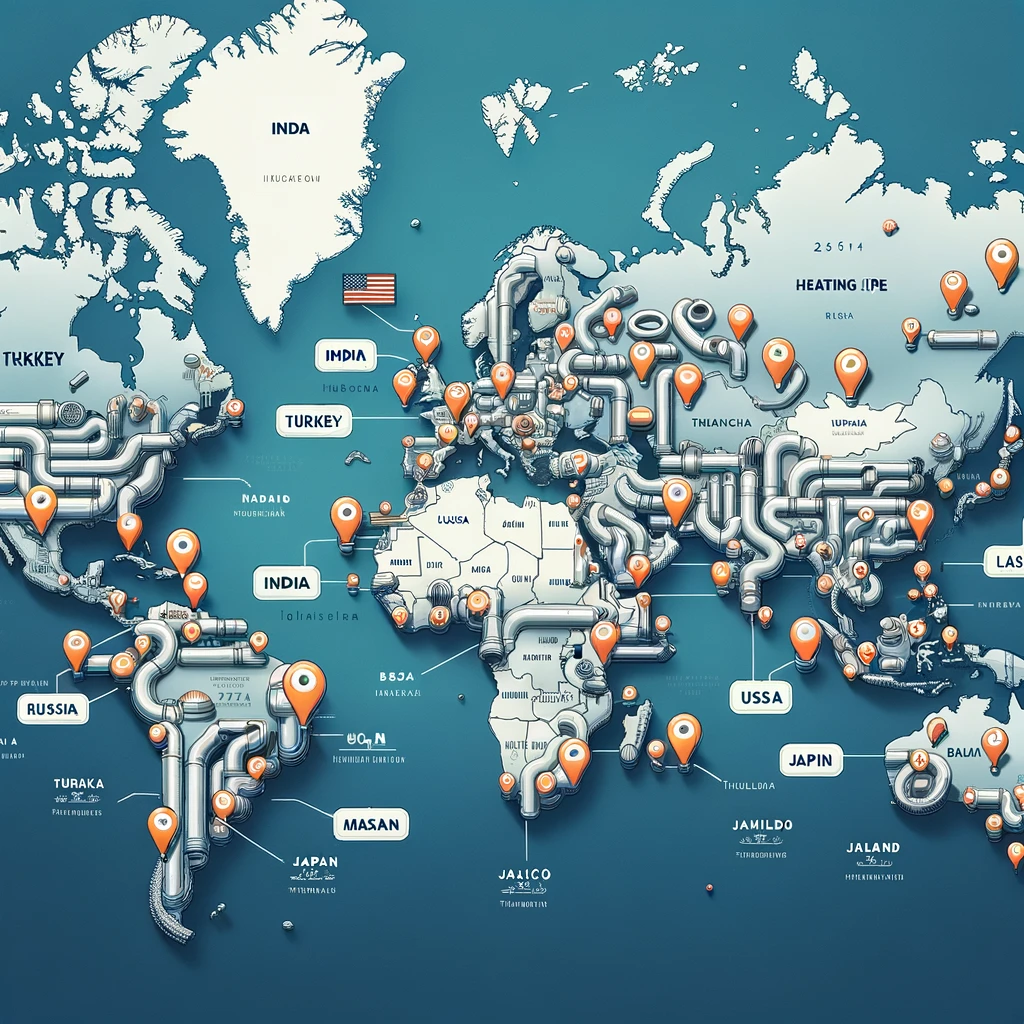
FUTAI’s Contributions
After thoroughly exploring the impact of the sieve effect on heating pipes and its causes, we must highlight the significant contributions of the FUTAI heating pipe equipment brand to this field. Since its establishment in 1999, Tongli Machinery (FUTAI) has become a well-known manufacturer of automated heating element machinery and intelligent assembly production lines in China. The company is located in Huiyang District, Huizhou City, Guangdong Province, China, covering 12,000 square meters, with over 6,000 square meters of self-built factory space.
By integrating R&D, production, marketing, and service, FUTAI has established itself as a leader in the heating pipe equipment field. The company holds independent intellectual property rights for most of its machines and supplies a large number of products to the domestic market. Additionally, FUTAI is actively expanding its influence globally in countries like Turkey, India, Russia, Brazil, the USA, Mexico, Japan, and Thailand.
FUTAI’s long-term goal is to continuously upgrade products and improve quality to meet the high standards of global customers. The company is committed to cooperating with both new and regular customers to create a bright future together. Through in-depth research on the sieve effect and related technologies, FUTAI has played an important role in improving the performance and reliability of heating pipes and has secured a leading position in the global market.

